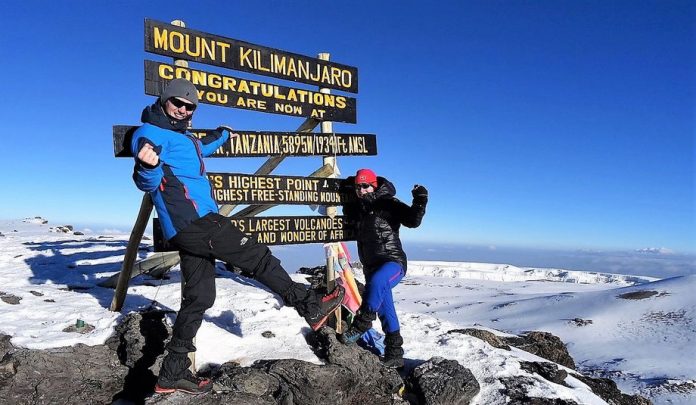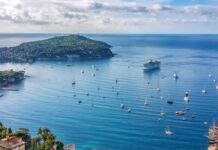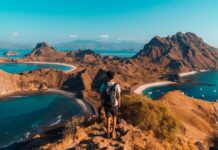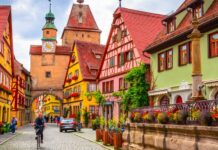Africa’s tallest mountain, Kilimanjaro, is considered to be the world’s highest free-standing mountain in the world. It is situated in the Kilimanjaro National Park, the northern portion of Tanzania. The territory covered by this mountain is 100 meters long and 65 meters wide. It rises approximately 19,341 feet above the African Plains.
Generally, these are the basic facts about this adventurous mountain. Here are some of the most fascinating facts that will enhance your knowledge and assist you, if you are planning to climb Kilimanjaro, you can learn more here.
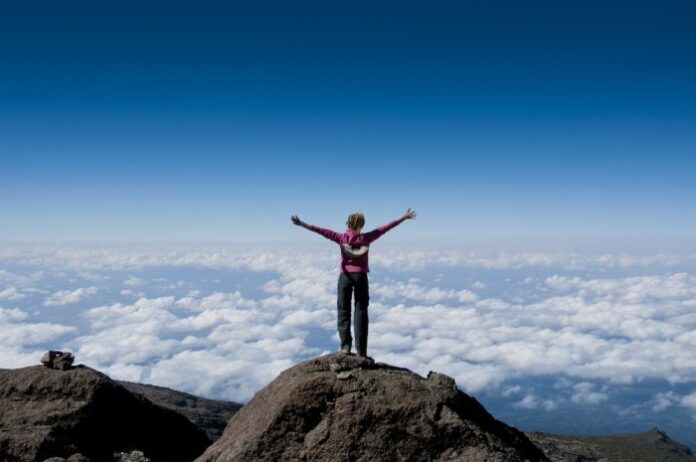
Made up of Three Volcanoes:
This miraculous mountain was formed as a result of volcanic activities. It has three volcanic cones namely Kibo, Shira, and Mawenzi. Kibo is the central and oldest cone as it was formed nearly 460,000 years ago. The other two cones, Shira and Mawenzi, have been considered extinct because they don’t have any lava or volcanic activity. However, scientists believe that Kibo is alive and can erupt again, making it a dormant mountain like Mount Meru, situated in the west of Mt Kilimanjaro. Although, the last activity was observed around 200,000 years ago. Kilimanjaro’s summit lies on Kibo.
The Meaning of Kilimanjaro is Uncertain:
The origin of the name of this mountain is unknown so far. Different theories existed defining the meaning and origin of its name. Some claim that this name is a mixture of the Swahili word ‘Kilima’ which means ‘mountain’ and KiChagga word ‘Nijaro’ which means ‘whiteness’. Another theory says that the word ‘Kilimanjaro’ means ‘We failed to climb it’, which is the European pronunciation of the KiChagga phrase.
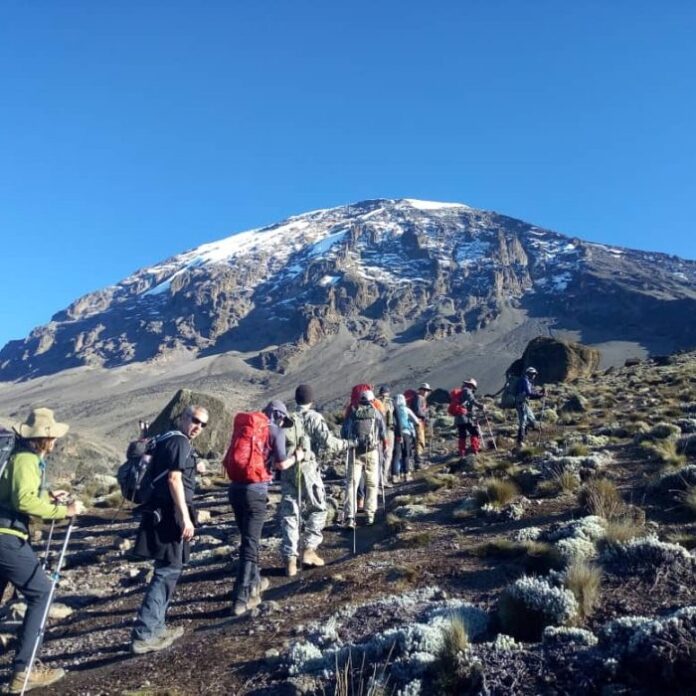
Easiest of the Seven Summits:
This mountain is one of the seven summits. Total seven summits are as follows;
- Everest (Asia)
- Aconcagua (South America)
- Denali (North America)
- Kilimanjaro (Africa)
- Elbrus (Europe)
- Carstensz Pyramid (Oceania)
However, it is considered the easiest to climb among all. Experienced climbers, as well as beginner adventurers, can climb this venturesome mountain. Technical skills or other equipment like rope, crampons, ice axe, and others do not stand in need of climbing Mt Kilimanjaro.
Total Seven Routes:
There are officially seven routes up to the mountain to the summit.
- From the south, there are Marangu, Machame, Umbwe.
- Shira, Lemosho, and Northern Circuit can be used from the West.
- Rongai is the only route that can be approached from the Northside.
All these routes end up at the three base camps from where the summit starts.
Climbers are supposed to use these routes only or they might get lost or would never make their way to the summit. Marangu and Mweka are the only two descent routes.
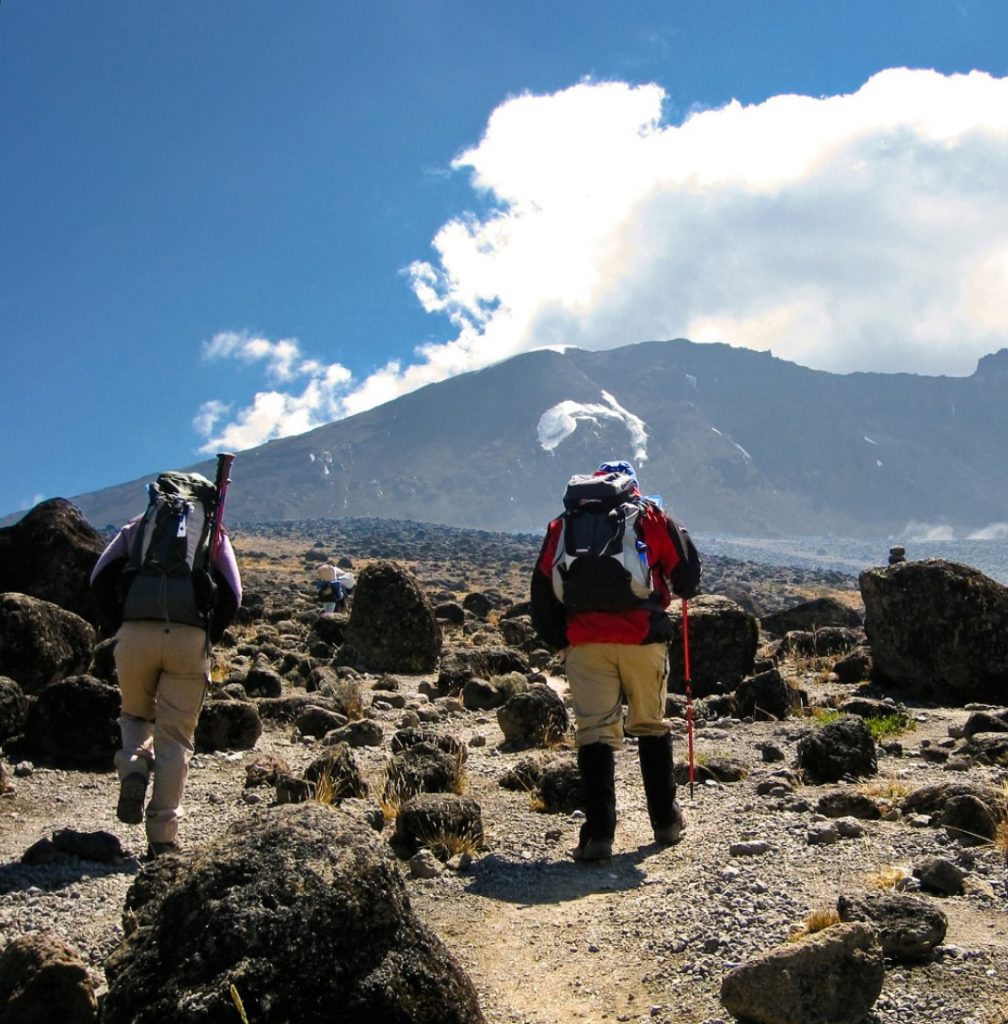
First Climber of Kilimanjaro:
This adventurous mountain was first climbed back in 1889 by a German geologist named Hans Mayer along with an 18-year-old local guide named Kinyala Lauwo, who is also famous as ‘The Old Man of Kilimanjaro’. Mayer tried to climb in 1887 also and made it to the base of Kibo but he had to turn around for some reason. Later, he tried again and succeeded.
Half of the People Fail To Climb:
Almost 35,000 people attempt to climb this mountain. But only half of them succeed in doing so. Many people have to turn back due to the Altitude related problems up there. Other reasons include the wrong route and other health problems. People often choose the shorter routes to reach faster which ends up causing them to surrender because shorter routes are dangerous. Along with that, people with health issues should keep their health first and must consult doctors before advancing towards a daring journey. Moreover, you must do proper research about the routes and other issues you might face while hiking. A reputable guide can be hired for this purpose also.
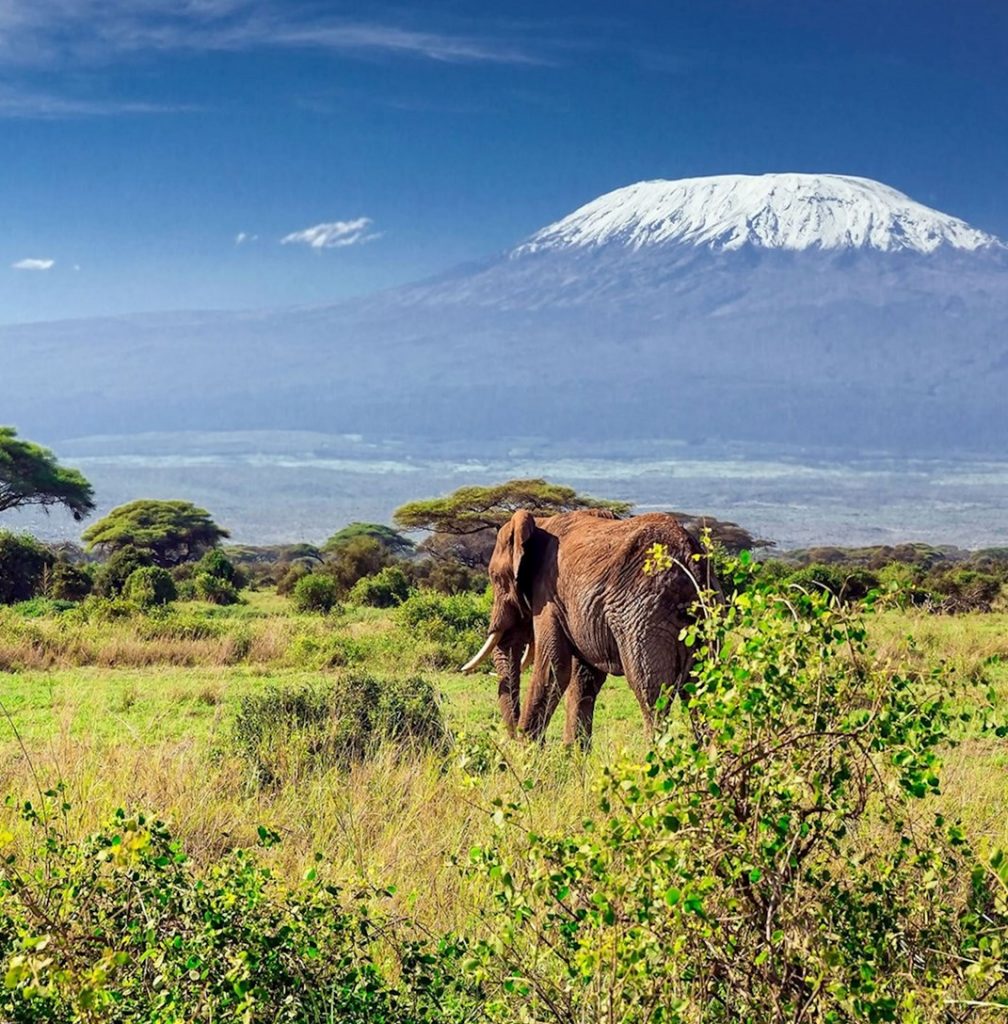
The Wonder of Africa:
Kilimanjaro is one of the seven natural wonders of Africa. The other six are;
- Sahara Desert
- Nile River
- Serengeti Migration
- Ngorongoro Crater
- Red Sea Reef
- Okavango Delta
Dry Season is the Best to Climb:
Although, you can climb Mount Kilimanjaro almost every season. But the dry season is considered to be the best season for climbing. You should either go between January to March or June to October. The weather gets cold in the evening and you will also experience minimal rainfall or snowfall while ascending. These are the two warmest trekking seasons that you should choose while planning. Moreover, you will also have clear sights while summiting during dry seasons.
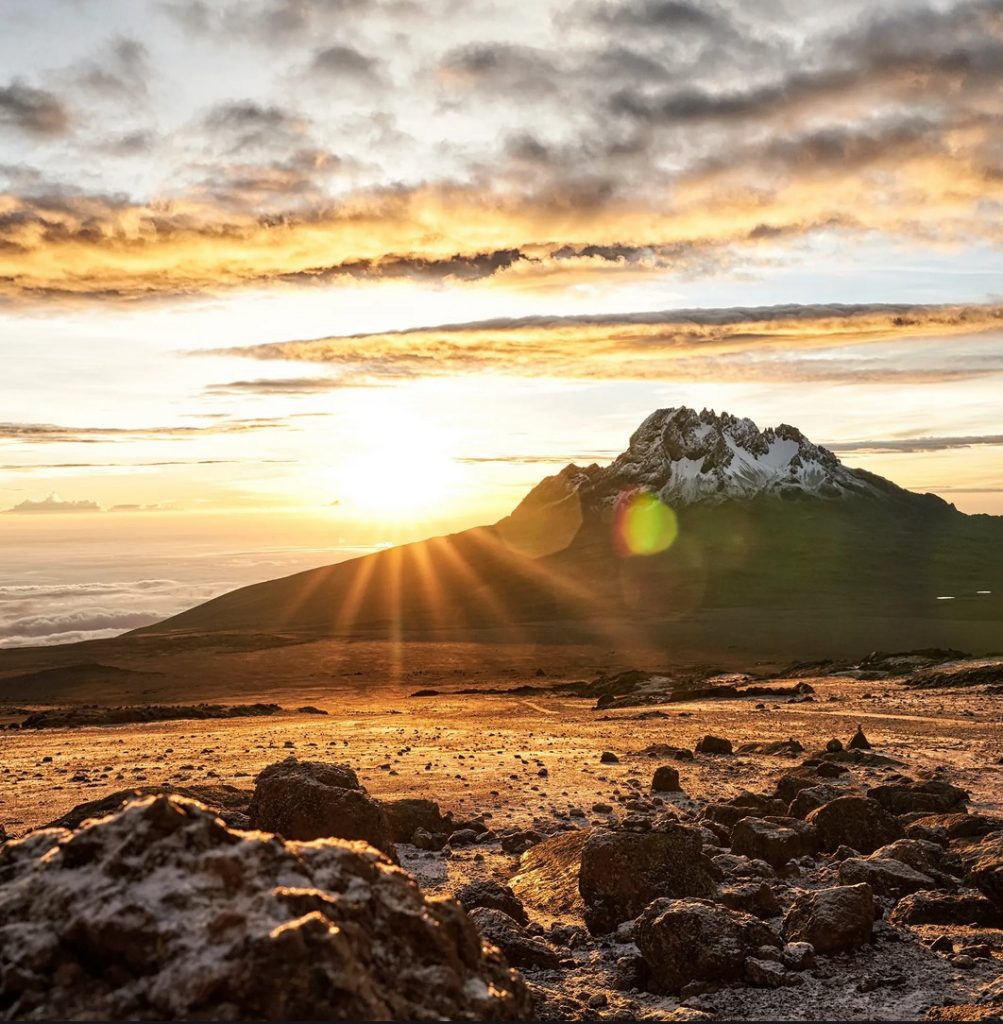
Five Climate Zones:
One of the most distinctive and fascinating facts about Kilimanjaro is that this miraculous mountain boasts five climate zones which are;
- Cultivation Zone
- Forest Zone
- Heather-Moorland Zone
- Alpine Desert Zone
- Arctic Zone
There is cultivated land and rainforest at the base of the mountain. While advancing towards, you will see heath and moorland landscape. Gradually, this landscape will change into the alpine desert. On the top, you will see a glacial zone with an ash pit in the inner crater.
Youngest and Oldest People to Climb:
A seven-year-old boy of Los Angeles named Keats Boyd climbed Mount Kilimanjaro in the year 2008. He has been considered the youngest to date.
Anne Lorimor, an 89-year-old woman, climbed Kilimanjaro in 2019 and she is the oldest person yet. This lady, five years back, climbed the same mountain at the age of 85. Then after five years, she succeeded again and made a world record.
This clearly explains that there’s no age limit to hike this mountain. Anything in the world can be done if you have passion!

This majestic mountain is like a dream for those who are fond of hiking. Hikers all over the world come to climb it every year. You don’t need to be a superman to climb this mountain. All you need is good health and be mentally prepared for the challenges. If climbing Kilimanjaro is on your to-do list, then these facts will surely help you. This is indeed an audacious mountain to hike and it can make you feel like you are on top of the world!

